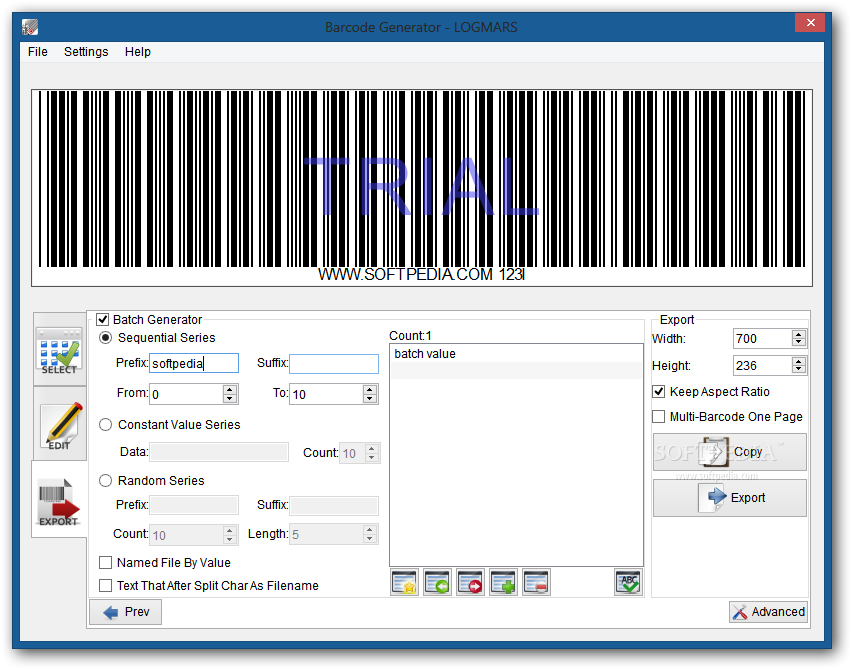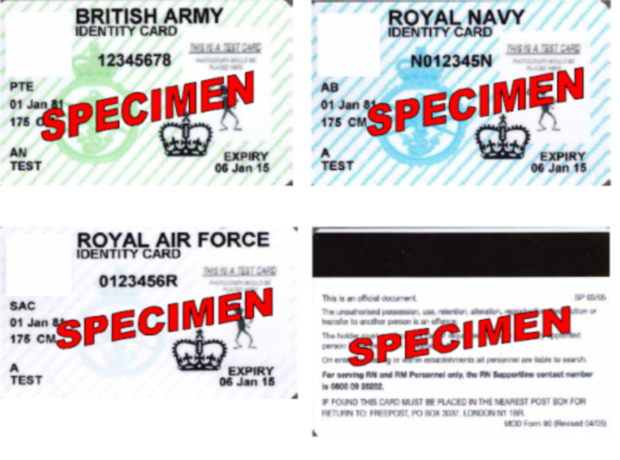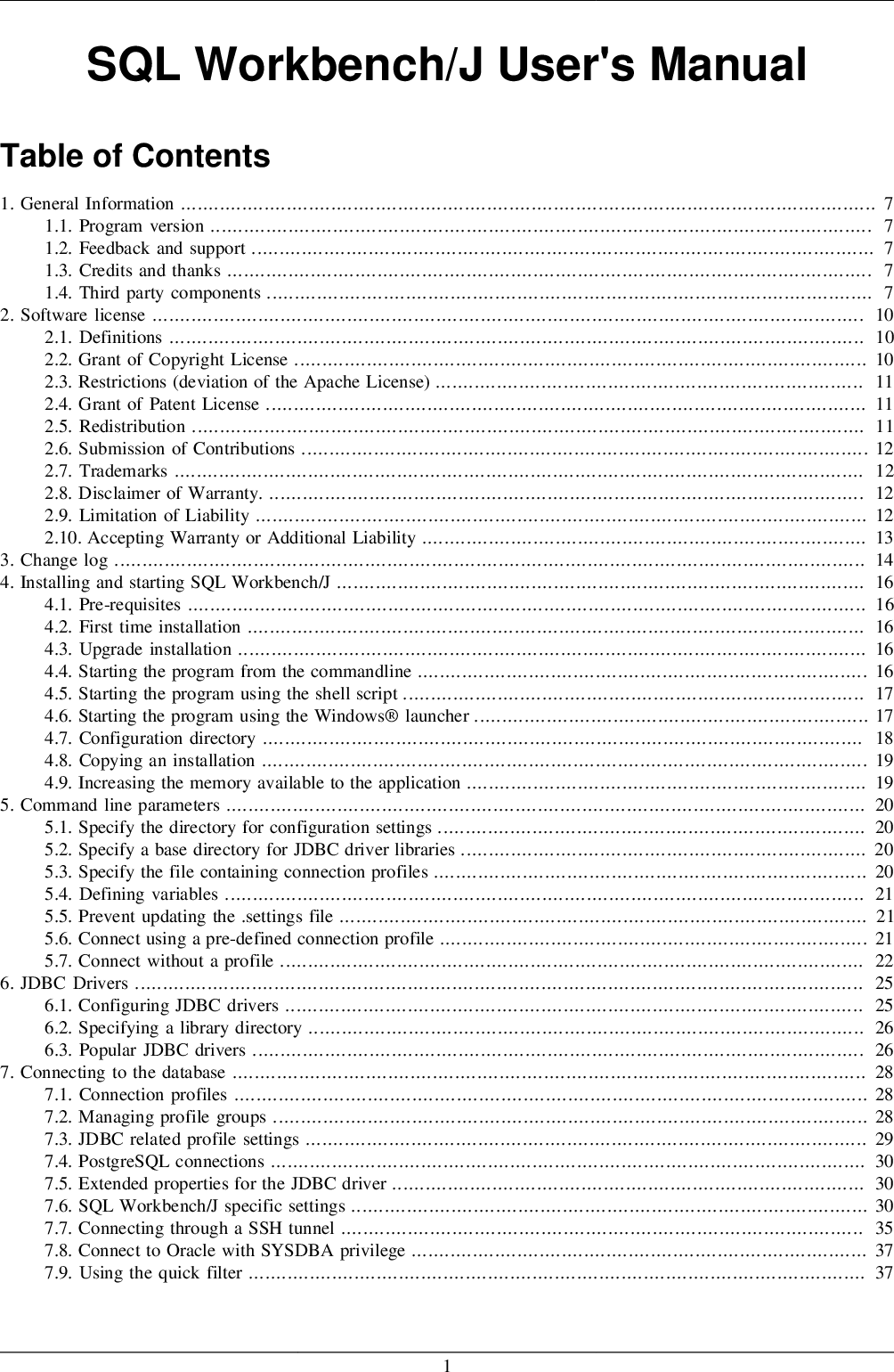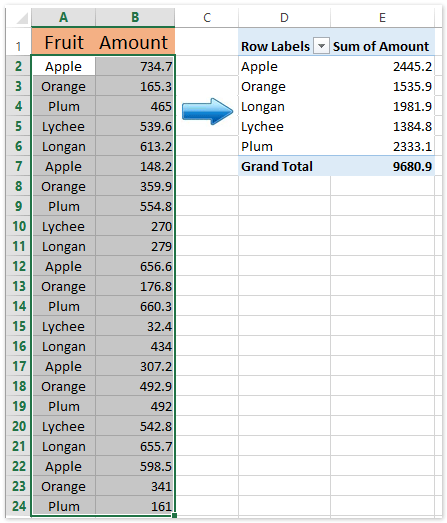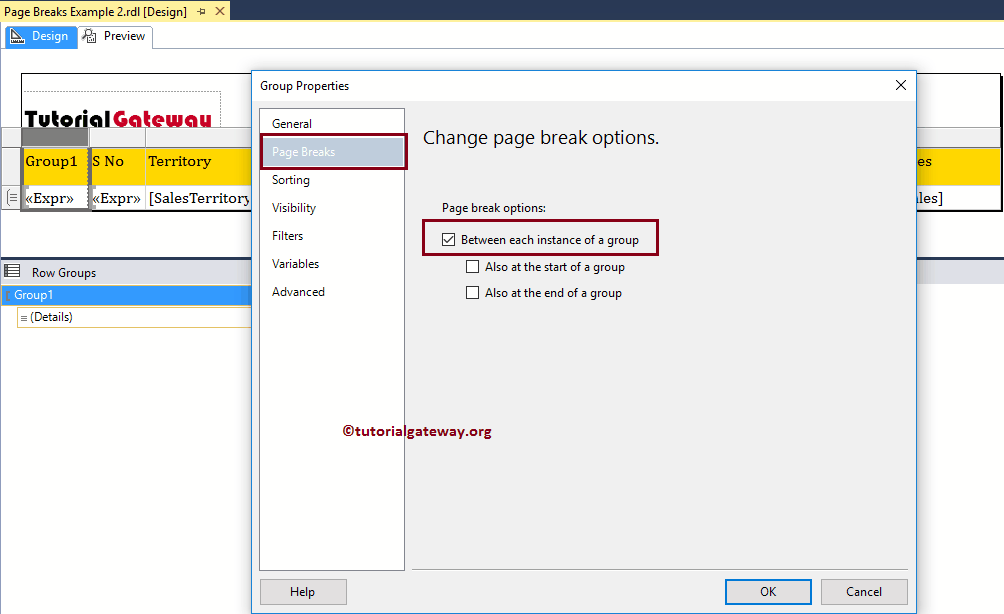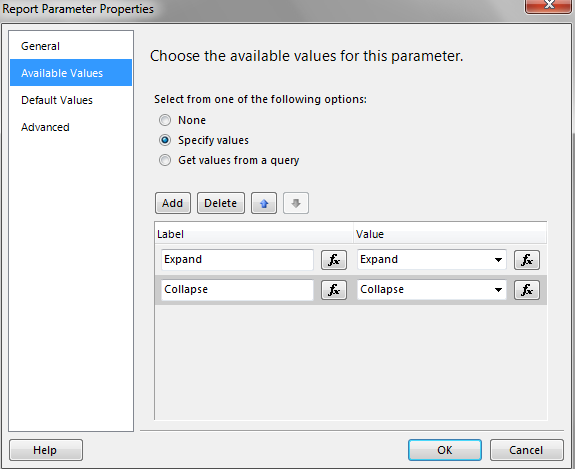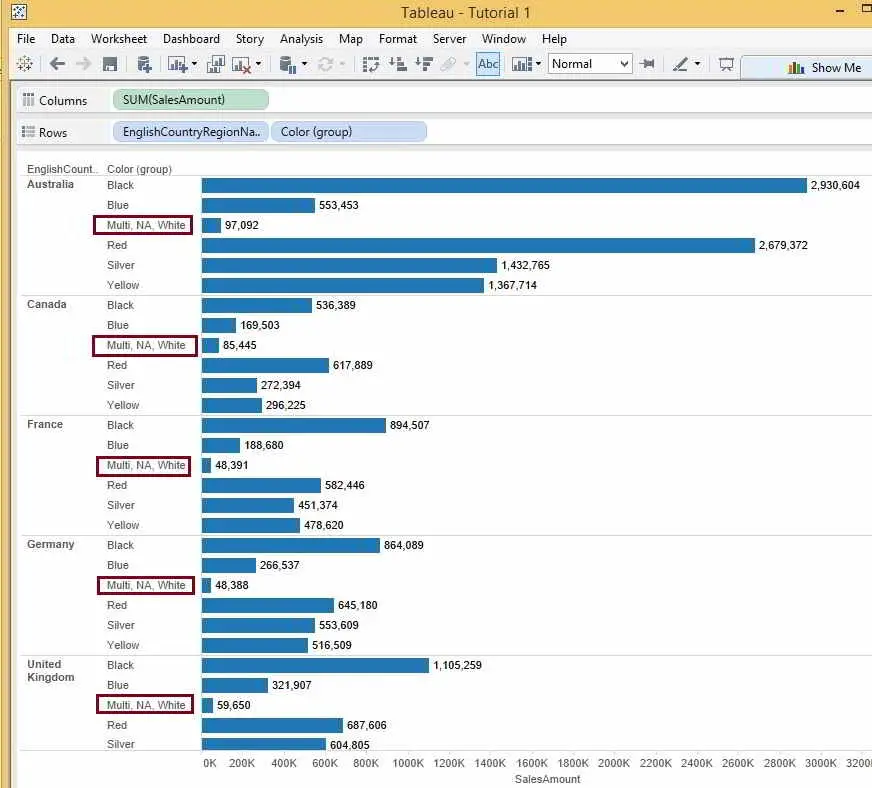Due to native kind refinement, a programmer usually does not have to put in writing any qualifiers on native variables inside a way body . However, the programmer must write sort annotations for method signatures and fields, except the default annotations are right. Local sort refinement does not change the supply code; it re-runs each time you run a checker. Whole-program inference infers sorts for fields, method parameters, and method return types that wouldn't have a user-written qualifier . The inferred type qualifiers are output into annotation files. The inferred kind is the most particular type that is appropriate with all of the uses in the program. For example, the inferred kind for a area is the least upper sure of the kinds of all of the expressions which are assigned into the field. SEI CERT SEC05-J rule forbids the use of reflection to extend accessibility of courses, methods or fields. An attacker code could call this method and pass such class to create an instance of it. This ought to be avoided by both making the strategy non-public or by checking for bundle access permission on the package. A third risk is to use the java.beans.Beans.instantiate() method as a substitute of java.lang.Class.newInstance() which checks whether the Class object being received has any public constructors. This class implements the Serializable interface, however doesn't outline a serialVersionUID area. Also, different source code to bytecode compilers might use different naming conventions for synthetic variables generated for references to class objects or internal classes.
To ensure interoperability of Serializable throughout variations, think about adding an explicit serialVersionUID. The alternate design would reduce back program comprehensibility. Currently, a consumer can decide the annotation on a parameter or return value by taking a look at a single file. If annotations could be inherited from supertypes, then a person must examine all supertypes, and do computations over them, to grasp the meaning of an unannotated type in a given file. For declaration annotations, no computation is critical; that is why they could be inherited. Computation is critical for sort annotations as a outcome of different annotations could be inherited from a supertype and an interface, or from two interfaces. For return sorts, the inherited type should be the least higher sure of all annotations on overridden implementations in supertypes. For method parameters, the inherited type must be the best decrease bound of all annotations on overridden implementations in supertypes. In each case, the Checker Framework would want to issue an error if no such annotations existed. A public approach to a public class could additionally be known as from exterior the bundle which implies that untrusted information may be handed to it. Calling a technique before the doPrivileged to check its return worth and then calling the identical method inside the category is harmful if the strategy or its enclosing class isn't ultimate. For instance, a method returning a file path may return a harmless path to check before coming into the doPrivileged block and then a delicate file upon the decision contained in the doPrivileged block. To avoid such situation defensively copy the object received in the parameter, e.g. by utilizing the copy constructor of the category used as the type of the formal parameter. This ensures that the method behaves exactly as anticipated. Type inference outputs the most particular kind qualifiers which may be according to all the source code it's given. (Section33.6.1explains when type inference ignores some code.) This may be completely different than the specification the programmer had in thoughts when writing tho code. The checker infers annotations for native variables (see Section31.7).
Usually, you only have to annotate fields and method signatures. You should add annotations inside method bodies provided that the checker is unable to infer the right annotation (usually on type arguments or array element types, somewhat than on top-level types). @Thisis a polymorphic qualifier somewhat than an everyday type qualifier (see Section30.2). Conceptually, a receiver kind all the time has an @This qualifier. When a technique return sort additionally has an @Thisqualifier, the presence of the polymorphic annotation on both the method's return and receiver type forces their sort qualifiers to be equal. Hence, the method will solely pass the kind checker if it returns its receiver argument, achieving the desired checking. An attacker code could call this method and pass such area to vary it. Type erasure ensures that no new courses are created for parameterized types; consequently, generics incur no runtime overhead. In addition to a predefined API to write rules about Java classes and their relations, there is an prolonged API to define rules for members of Java classes. This could be relevant, for example, if strategies in a sure context must be annotated with a specific annotation, or return varieties implementing a sure interface. At a way name, the arguments are authorized if they can be assigned to the formal parameters (this known as a "pseudo-assignment" and it follows the normal rules for assignment). The sort of the method name is the declared sort of the return sort, where the tactic is asserted. If the strategy declaration is not annotated, then a default annotation is used. The code continued to really feel like Java, and the type-checking errors have been straightforward to grasp and sometimes led to real bugs. Very frequently, the developer has underestimated what type-checking can discover. Not every sort error results in an exception being thrown; and even when an exception is thrown, it might not seem associated to classical types. Every programmer makes errors typically and works with different people who do. Even where type-checking doesn't discover a problem instantly, it might possibly point out code with bad smells, thus revealing issues, enhancing documentation, and making future maintenance easier. A type inference software infers type annotations for a program's method signatures and fields, so that the programmer doesn't must manually annotate the program's supply code. A programmer ought to never or hardly ever use these qualifiers, and you'll ignore them as implementation particulars of the Signature Checker, although you may occasionally see them in an error message.
These qualifiers exist to give literals sufficiently precise types that they can be used in any acceptable context. To make this habits sound, the Nullness Checker forbids calls that may clear any built-in property, as described above. Annotating sort arguments and type parameters works with the Java 8 target or higher. The feature requires that the nullability annotations support the TYPE_USE goal (org.jetbrains.annotations helps this in version 15 and above). Pass the -Xtype-enhancement-improvements-strict-mode compiler option to report errors in Kotlin code that makes use of nullability which deviates from the nullability annotations from Java. SpotBugs tracks type data from instanceof checks, and in addition uses extra exact details about the forms of values returned from methods and loaded from fields. Thus, it could have extra exact information than simply the declared type of a variable, and may use this to discover out that a cast will all the time throw an exception at runtime. This method calls equals on two references of unrelated interface varieties, where neither is a subtype of the opposite, and there are no identified non-abstract courses which implement each interfaces. Therefore, the objects being compared are unlikely to be members of the identical class at runtime . You can't solely configure bean constraints using the fluent API but additionally method and constructor constraints. As shown in Example 12.eight, "Programmatic declaration of method and constructor constraints" constructors are identified by their parameter types and methods by their name and parameter varieties. Having chosen a way or constructor, you'll have the ability to mark its parameters and/or return value for cascaded validation and add constraints as nicely as cross-parameter constraints. Per default, objects might be checked before any inserts or updates are made by Hibernate ORM. Pre deletion occasions will per default not trigger a validation. The values of those properties are the comma-separated absolutely specified class names of the teams to validate. Example eleven.1, "Manual configuration of BeanValidationEvenListener" shows the default values for these properties. This should embody not only the qualifiers that the programmer explicitly wrote within the supply code, but additionally default annotations and kind refinement (see Section31.four for explanations of these concepts). The Checker Framework needs to do its personal traversal of the AST despite the very fact that it operates as an ordinary annotation processor . The Checker Framework hardly makes use of the built-in customer — as soon as the built-in visitor begins to visit a class, then the Checker Framework's visitor takes over and visits all the class's supply code.
This chapter describes how to create a checker — a type-checking compiler plugin that detects bugs or verifies their absence. After a programmer annotates a program, the checker verifies that the code is according to the annotations. If you only need to use a checker, you don't need to read this chapter. People who want to edit the Checker Framework supply code or make pull requests should read theChecker Framework Developer Manual. In this case, write kind annotations on the formal parameters of one of the routines. (Section11.5.four discusses this alternative.) It can also be the conservative default kind qualifier for method parameters in unannotated libraries . Improve the annotations, often by writing more annotations to be able to higher categorical the specification. Sometimes you have to enhance annotations in a library that your program uses . An Enumeration can have constructors, methods, and instance variables. Each enumeration fixed is public, static, and ultimate by default. Even though enumeration defines a class kind and has constructors, you do not instantiate an enum utilizing new. Enumeration variables are used and declared in much the same means as you do a primitive variable. This method calls equals on two references of various class sorts and evaluation suggests they will be to objects of various courses at runtime. Further, examination of the equals methods that might be invoked suggest that both this name will always return false, or else the equals method isn't be symmetric .
Constraints could be configured on multiple courses and properties using method chaining. The constraint definition lessons NotNullDef and SizeDef are helper classes which permit to configure constraint parameters in a type-safe style. Definition classes exist for all built-in constraints within the org.hibernate.validator.cfg.defs package. By calling ignoreAnnotations() any constraints configured by way of annotations or XML are ignored for the given element. The entry level into the metadata API is the strategy Validator#getConstraintsForClass(), which returns an instance of the BeanDescriptor interface. Generic constraints apply to the annotated element, e.g. a sort, area, container component, method parameter or return value and so forth. Cross-parameter constraints, in contrast, apply to the array of parameters of a method or constructor and can be utilized to specific validation logic which is dependent upon several parameter values. A programmer can write a JML specification that describes arbitrary details about program habits. Then, the programmer can use formal reasoning or a theorem-proving device to confirm that the code meets the specification. By distinction, pluggable type-checking can categorical a more restricted set of properties about your program.
Pluggable type-checking annotations are extra concise and easier to know. By default, the Checker Framework infers types for native variables (Section31.7), however not for fields and method return sorts. (The Checker Framework features a whole-program type inference device that infers field and method return sorts; see Section33.2.) There are a number of causes for this design choice. If you alter the qualifier polymorphism, your type system may need class qualifier polymorphism (see Section30.3). And, you might need to suppress false positive warnings inside the body of methods whose formal parameter varieties are annotated with the polymorphic qualifier (e.g.,@PolySigned). Type inference outputs type qualifiers which are constant together with your program's supply code. Your program still might not type-check in case your program incorporates a bug or contains tricky code that is past the capabilities of the type checker. A typical workflow (Section2.4) is for a programmer to first write annotations on method signatures and fields, then run a type-checker. Type inference performs step one automatically for you. This saves time for programmers who would in any other case have to understand the code, then write annotations manually. A @SuppressWarningsannotation could also be placed on program declarations similar to an area variable declaration, a technique, or a category. Section32.1.2 discusses the place the annotation could additionally be written in source code. They are likely to cause many false-positive type-checking errors, which is ready to allow you to to know which library methods want annotations. You can then write those library annotations or alternately suppress the warnings . If the estimate of invoked methods is small, the checker points fewer false optimistic warnings. If the estimate of invoked strategies is large, these sorts may be no better than the conservative library annotations. Is the default for parameters and return varieties, then getters, setters, and tons of different forms of methods don't type-check with out explicit lock qualifiers. Generics allow types to be parameters when defining lessons, interfaces and methods. Much like the more acquainted formal parameters utilized in method declarations, sort parameters provide a method so that you simply can re-use the identical code with completely different inputs.
The distinction is that the inputs to formal parameters are values, whereas the inputs to type parameters are sorts. This method calls equals on two references, considered one of which is a category and the other an interface, where neither the class nor any of its non-abstract subclasses implement the interface. The node default-provider permits to choose the Jakarta Bean Validation supplier. This is helpful if there is a couple of supplier on the classpath. See the sub-sections of Section 9.2, "Configuring a ValidatorFactory" for extra information about these interfaces. Reflection offers a method for invoking methods on a class. Typically, this is in a position to solely be essential if it isn't attainable to forged an occasion of the class to the specified kind in non-reflective code. Methods are invoked withjava.lang.reflect.Method.invoke(). The first argument is the thing instance on which this explicit method is to be invoked. (If the strategy is static, the first argument must be null.) Subsequent arguments are the method's parameters. If the underlying method throws an exception, will in all probability be wrapped by anjava.lang.reflect.InvocationTargetException. The method's authentic exception may be retrieved utilizing the exception chaining mechanism'sInvocationTargetException.getCause() method. Most objects resemble the Java Reflection API, together with inheritance relations. Thus a JavaClasshas JavaMembers, which can in flip be either JavaField, JavaMethod,JavaConstructor . Re-compile the method's class with the Checker Framework compiler. This will make sure that the sort annotations are written to the class file, even when no type-checking happens during that execution.
A type-checker requires you to annotate your code with kind qualifiers, or to run an inference software that does so for you. That is, it requires you to put in writing a specification, then it verifies that your code meets its specification.Some bug detectors do not require annotations. This signifies that it may be easier to get began running a bug detector. The software makes guesses in regards to the supposed habits of your code, resulting in false alarms or missed alarms. Sometimes, a Checker Framework warning message will mention a sort you have not written in your program. This is often as a result of a default has been applied the place you did not write a type; see Section31.5. In other instances, it is because kind refinement has given an expression a more particular type than you wrote or than was defaulted; see Section31.7. Note that an invocation of an impure method may trigger the loss of all info that was decided via sort refinement; see Section31.7.5. The annotated sort of expressions and types are outlined by way of sort introduction rules within the type manufacturing unit. For most expressions and types, these guidelines are the identical whatever the sort system. For instance, the sort of a way invocation expression is the return type of the invoked method, viewpoint-adapted for the call website. The framework implements these rules so that every one type systems mechanically use them. For other expressions, such as string literals, their sorts depend upon the sort system, so the framework supplies approach to specify what qualifiers ought to apply to those expressions. There are two forms of annotation recordsdata, that are information containing annotations that can be read by the Checker Framework. Section34.5 describes stub recordsdata, that are used by programmers and type system designers. Ajava recordsdata are typically read and written by instruments, similar to whole-program inference (see Section33.2). This part about ajava files is primarily of interest to the maintainers of such instruments.
This approach retains the original documentation and supply code, making it easier for a programmer to double-check the annotations. It also enables creation of diffs, easing the process of upgrading when a library adds new methods. And, the annotations are in a format that the library maintainers can even incorporate. That is, a pretend override changes the return sort at certain calls, however formal parameter type annotations on fake overrides haven't any impact. Type annotations on faux overrides of fields also haven't any impact. Fake overrides will be ready to change formal parameter and subject kind annotations in a future launch of the Checker Framework. This section describes stub files, which are utilized by programmers and type system designers. Section34.6 dscribes ajava recordsdata, that are used mainly by instruments, such as type inference. When you create a new checker, you have to also provide annotations for elements of the JDK. You can accomplish that both as stub files or in a replica of the JDK supply code, as described in Section35.10. Section39.2.1 tells how to improve JDK annotations for an current kind system. They may be viewed and adjusted by the programmer, can be used by tools corresponding to the type-checker, and could be inserted into the supply code or the class file. Cast types are defaulted to the identical sort as their argument expression. This has the identical impact as if they were given the top type and then flow-sensitively refined to the sort of their argument. However, note that programmer-written kind qualifiers are notrefined, so writing the top annotation isn't the same as writing no annotation. You will change the copy to rename the annotations, and you'll annotate libraries and/or your code to identify sources, sinks, and validation/sanitization routines. Annotation is a declaration annotation rather than a kind annotation. This means that it can't be written in essential locations corresponding to sort arguments, and it's misleading when written on a field of array kind or a method that returns an array.












